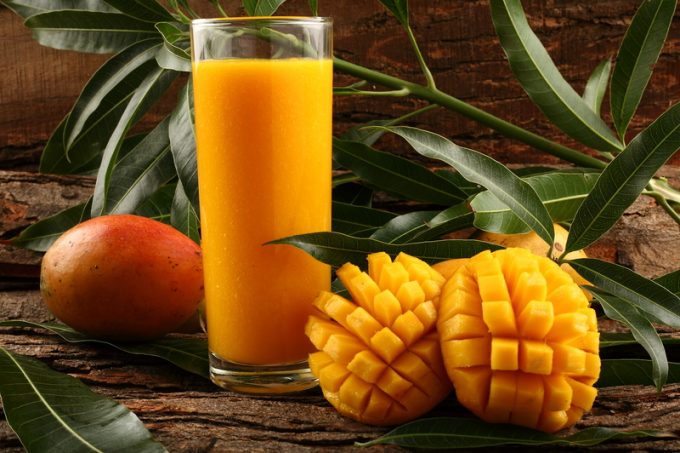Truckers say cargo logjams at Nhava Sheva are testing supply chains
Container hauliers serving terminals at India’s Nhava Sheva port (JNPA) continue to voice concerns over ...

As Indian mango growers rejoice at the prospect of increased export demand, supply chain stakeholders are looking to maximise the potential for growth.
Their upbeat tone stems from improved air freight capacity and a sharp fall in freight rates from the stratospheric highs of a year ago’s Covid-induced trade turmoil.
According to Dax Theknath, executive director at Mumbai-based freight forwarder Jet Freight Logistics, airlines operating out of India have scaled up capacity to meet the seasonal fruit shipment demand – particularly for ...
Volcanic disruption at Anchorage could hit transpacific airfreight operations
Shippers snap up airfreight capacity to US ahead of tariff deadline
New price hikes may slow ocean spot rate slide – but for how long?
Tighter EU import requirements proving 'a challenge' for forwarders
Supply chain delays expected after earthquake hits Myanmar
Forwarders stay cool as US 'liberation day' tariffs threaten 'global trade war'
Looming Trump tariffs will create 'a bureaucratic monster' for Customs

Comment on this article
Scott Dunn
March 30, 2023 at 11:38 amIt’s great to hear that Indian mango exports are looking promising as transport costs begin to decrease. Mangoes are a beloved fruit around the world, and India is renowned for producing some of the best mangoes in the world. The reduction in transport costs will undoubtedly make it easier for Indian farmers and exporters to get their mangoes to international markets, allowing more people to enjoy this delicious fruit.
Not only will this benefit Indian farmers and exporters, but it will also boost the Indian economy as a whole. Mango exports are a significant contributor to India’s economy, and with the reduction in transport costs, it is likely that we will see an increase in exports and a subsequent boost in economic growth.
However, it is important to note that the pandemic has caused significant disruptions to global trade, and while transport costs may be decreasing, other challenges may arise. It will be crucial to continue to monitor the situation and support Indian farmers and exporters to ensure the continued success of the Indian mango industry.